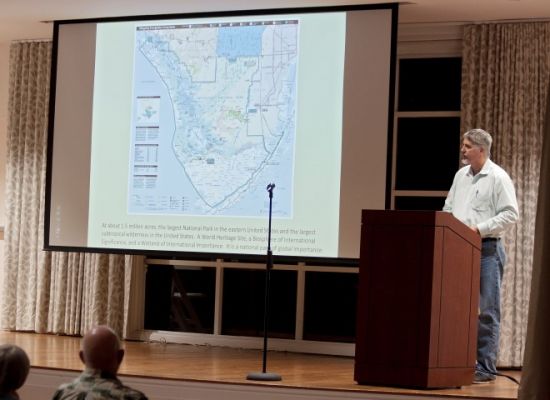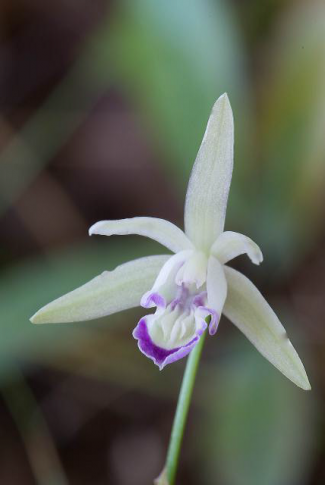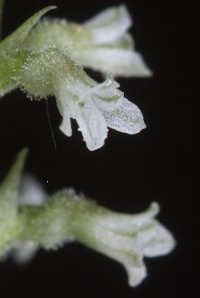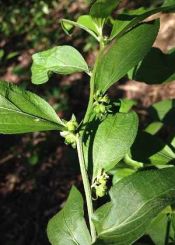
George Gann of the Institute for Regional Conservation at Fairchild Tropical Botanic Garden to introduce the new report
For whatever reason some rare plants resist climate change, humans and other ecological bad actors. Blodgett’s silverbush is an inconspicuous flowering plant at the bottom of most conservation dance cards. But it's hanging tough in the pine rocklands and sunny coastal berms of the Everglades. Not bad in South Florida, where 46 other rare plant species are critically imperiled, according to a new study.

Between 11 and 100 Carter’s orchids (Basiphyllaea corallicola) remain in the Everglades.
The Everglades supports 762 species of trees, ferns, grasses, vines, shrubs and other plants. Orchids receive 50 cautionary pages in a 221-page report by the Institute of Regional Conservation, based in Delray Beach, and authored by George Gann.
» For prickly-apple, a Manatee County homecoming.
» Federal action taken against restrictor snakes.
Says Gann, the IRC’s chief conservation strategist: “What is needed is to elevate the issue of plant biodiversity conservation to a level equivalent to that of other concerns, such as the restoration of regional hydrology and depleted wildlife populations or invasive animal control.”
In plain speak for reporters after the report was posted March 2, Gann said, “I don't think we should have to lobby to get plants noticed as well as animals. Funding for rare plants is a drop in the bucket compared to funding for python control."
Gann also co-authored in a study of Terra Ceia in Manatee County that recently elevated the Aboriginal prickly-apple to endangered status. The Everglades study took 10 years and was commissioned by the National Park Service to guide conservation policy for at-risk Everglades flora.
Roughly half of native Everglades plants is secure. Half is “rare, imperiled, critically imperiled, possibly extirpated, or presumed extirpated,” according to the report. There are an estimated 16 extinctions – two globally – including a terrestrial orchid called Govenia floridana.
About half of the 39 native species of Orchids are considered at risk. Part of that is a long history of poaching and overeager collectors, the report says. Slumping bee populations and nonnative exotics are trouble, too.
Ferns (24 percent) are next on the IRC’s vulnerability chart.

The IRC says between 100 and 1,000 Costa Rican ladiestresses are still around.
The report thanked Marie Selby Botanical Gardens in Sarasota for restoring rare plant populations in the Long Pine Key.

Last but not least: Blodgett's silverbush, or Argythamnia blodgettii: 2,000-plus are estimated.
» Spider orchid (homepage photo): Believed to be gone from the wild, according to the IRC. “It is cultivated in South Florida, but it has not been recorded to naturalize from cultivated plants.”
Outside
Bitcoin mining emissions in China will hit 130 million tonnes by 2024 https://t.co/w6He7so8N2 pic.twitter.com/qYUDtBdeRK
— New Scientist (@newscientist) April 9, 2021
The Gunk Report
For the Blue-Green Algal Bloom Weekly Update from the Florida Department of Environmental Protection, tap here. For DEP's Algal Bloom Sampling Map, tap here.
What, me worry?
» "PLAYING WITH SHARKS," which recently premiered at the Sundance Film Festival, documents diving legend Valerie Taylor.